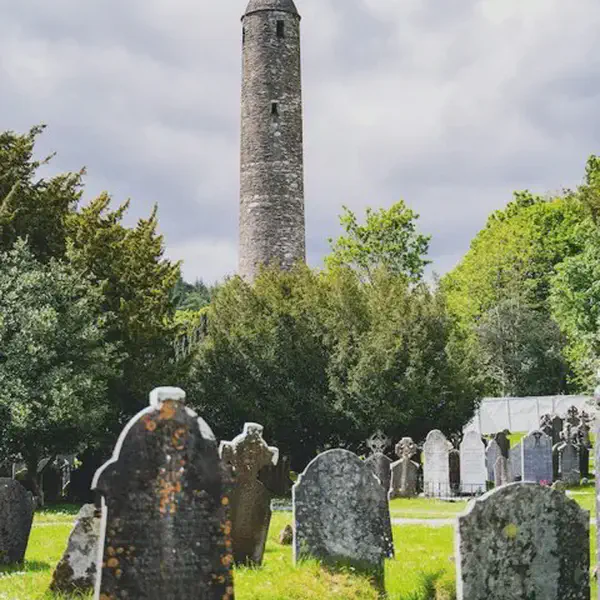
King Charles I Executed at Whitehall
January 30 1649
The execution of King Charles I of England was a pivotal moment in British history, marking the culmination of the conflict between the monarchy and Parliament. It occurred during a period of intense political and religious upheaval, known as the English Civil War.
Background
Charles I ascended to the throne in 1625. His reign was marked by tension and conflict with Parliament, stemming from issues like his methods of governance, religious policies, and financial practices. These conflicts eventually led to the outbreak of the English Civil War in 1642.
The English Civil War
The war was primarily a battle for political power between the Royalists (or Cavaliers), who supported the king, and the Parliamentarians (or Roundheads), who sought a more significant role in governing the country. The conflict also had a strong religious component, with differing views on the role of the Church of England and other religious freedoms.
Capture and Trial of Charles I
After a series of military defeats, Charles I was captured by Parliamentarian forces. He was put on trial for treason against Parliament and high crimes against the realm. The trial was unprecedented, as a reigning monarch had never before been tried by his subjects.
Verdict and Sentence
The trial, which many considered controversial and politically motivated, ended with Charles being found guilty. He was sentenced to death by beheading, a sentence that shocked many across Europe, where monarchy was the norm and often considered divinely ordained.
Execution
King Charles I was executed on January 30, 1649. The execution took place outside the Banqueting House of the Palace of Whitehall in London. Eyewitness accounts describe Charles as meeting his death with dignity and calm.
Aftermath and Significance
The execution of Charles I led to the abolition of the monarchy in England and the establishment of the Commonwealth of England, under the leadership of Oliver Cromwell. This period, known as the Interregnum, lasted until 1660, when the monarchy was restored with Charles II, King Charles I’s son, ascending to the throne.
Legacy
The execution of Charles I was a watershed in British history. It challenged the previously unassailable position of the monarchy, altered the relationship between the monarchy and Parliament, and contributed to the development of political theories about the rights and sovereignty of the people.
Charles I’s execution remains a subject of historical debate and analysis, with opinions varying on whether it was a necessary act for democracy and parliamentary sovereignty or a regicidal blunder that plunged the country into dictatorship under Cromwell.